Last Updated on July 31, 2021

If you haven't seen ROGUE ONE yet, be warned, here be spoilers!
It's hard to talk about Star Wars today without thinking of Carrie Fisher. Her portrayal of Princess Leia went on to be just as iconic and powerful as Han Solo, Luke Skywalker or Darth Vader and she will certainly be missed. Fisher's time with the STAR WARS franchise isn't yet over, she completed work on the upcoming STAR WARS: EPISODE VIII and her likeness was featured in ROGUE ONE: A STAR WAR STORY, as was the likeness of Peter Cushing as Grand Moff Tarkin.
Whether you immediately spotted the trickery or it managed to fool you, it was an impressive technical achievement nonetheless. Several of Lucasfilm's top talent recently spoke with The New York Times and discussed how they were able to pull it off as well as why they felt they needed to. Kiri Hart, head of Lucasfilm's Story Group as well as a producer on ROGUE ONE, said that Grand Moff Tarkin was crucial to the story and if he hadn't been in the film, it would have required a big explanation as the Death Star was "kind of his thing." Despite wanting Tarkin to play a part in ROGUE ONE, the creative team initially wasn't confident in their ability to successfully craft a digital Tarkin that could replicate Peter Cushing's performance in 1977. If they hadn't, there was talk of "Tarkin participating in conversations via hologram, or transferring that dialogue to other characters."
On set, Tarkin was played by Guy Henry in a motion-capture rig which ILM's Jon Knoll referred to as "a super high-tech and labor-intensive version of doing make-up." From then on out, there was constant tinkering required to make sure that Tarkin's digital-likeness not only looked real, but that he looked just like Peter Cushing himself. One of the difficulties they encountered was a lighting problem; Cushing was obviously lit differently forty years ago, but ROGUE ONE has its own look. Hal Hickel, an ILM animation supervisor, said that lighting the model with A NEW HOPE lighting improved his likeness to Tarkin, but it "worsened the sense of him being real because he didn't look like any of the actors in the scene." However, at the end of the day, Hickel said that "realism had to trump likeness."
A similar approach was used to bring Princess Leia to life in the closing scene of ROGUE ONE, with a real-life actress (Ingvild Deila) playing the character on set and then given a digital makeover to look like a young Carrie Fisher. Much like Tarkin, Kiri Hart believed that including Princess Leia in the film was important in order to "deliver on that moment of hopefulness, that is really underscored by the fact that you do get to see her face. That’s the best possible use of effects, to enhance the meaning and the emotion of the experience for the viewer." ROGUE ONE: A STAR WARS STORY is currently playing in theaters, so make sure to check out reviews from our own Chris Bumbray and Eric Walkuski.


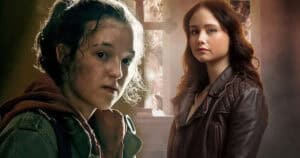


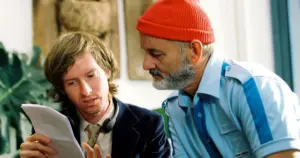
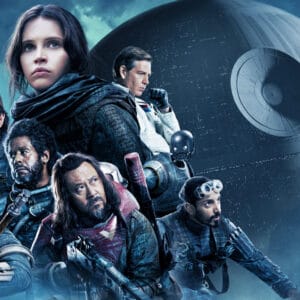
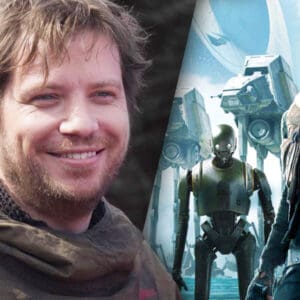
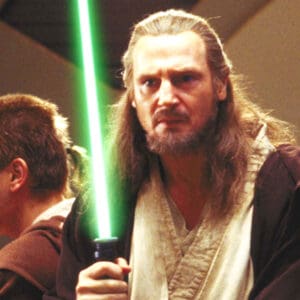
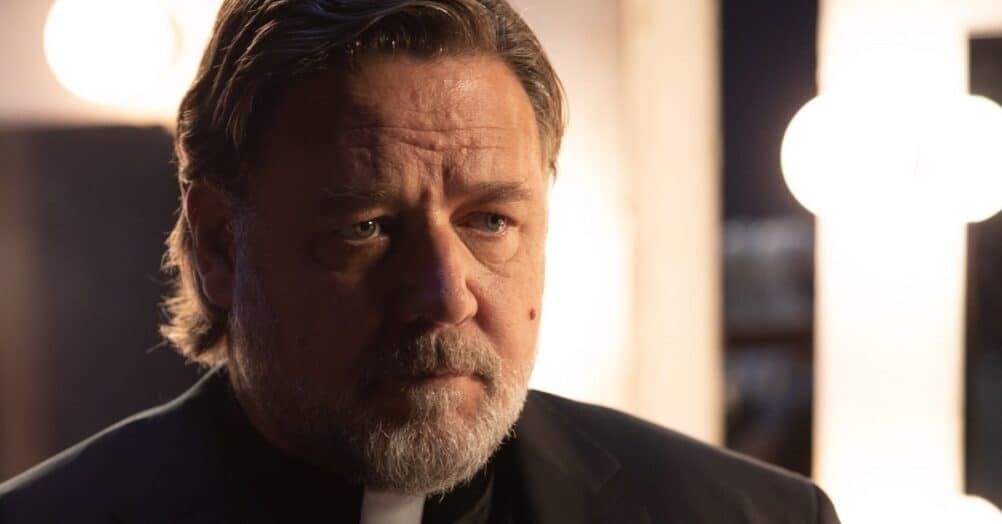

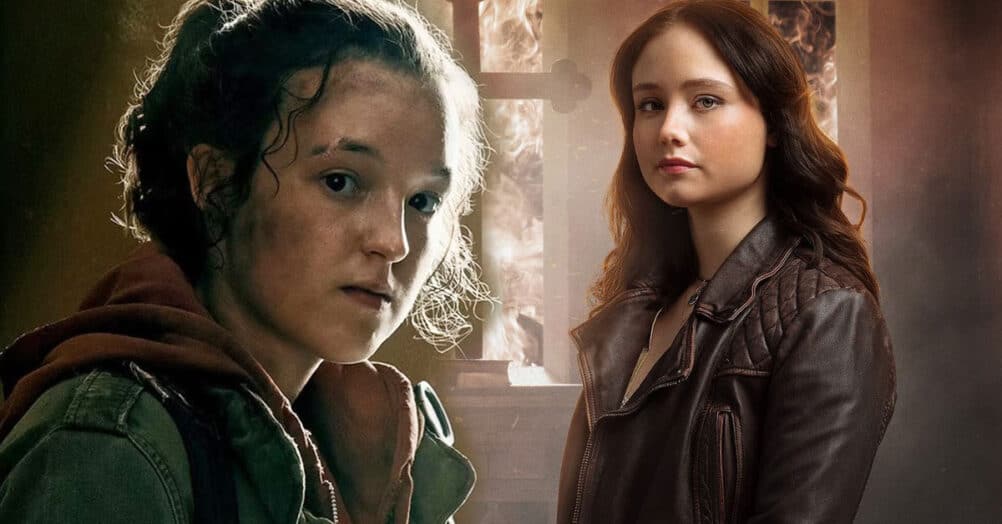
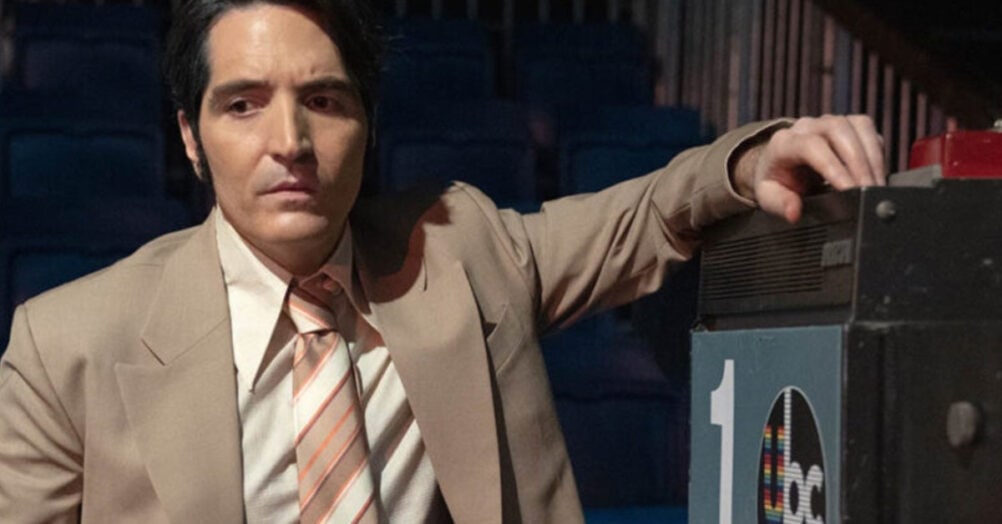
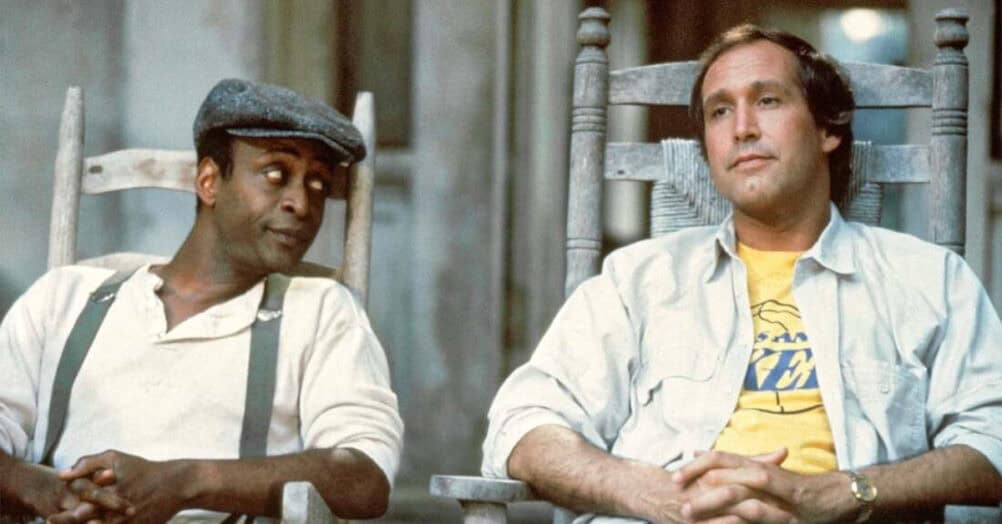
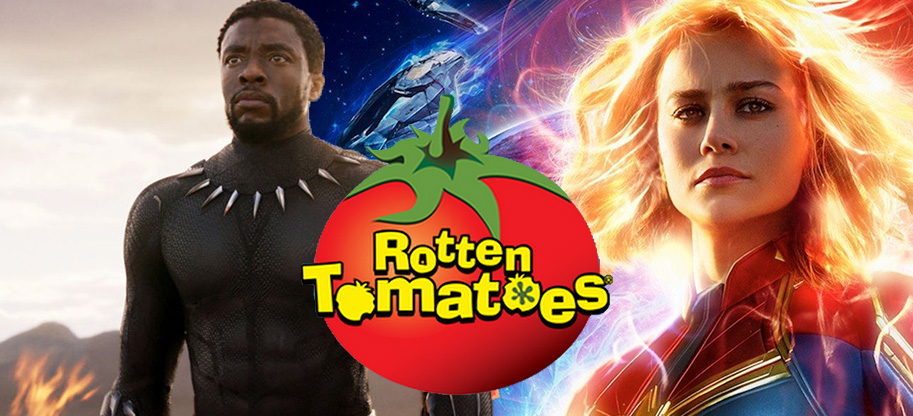
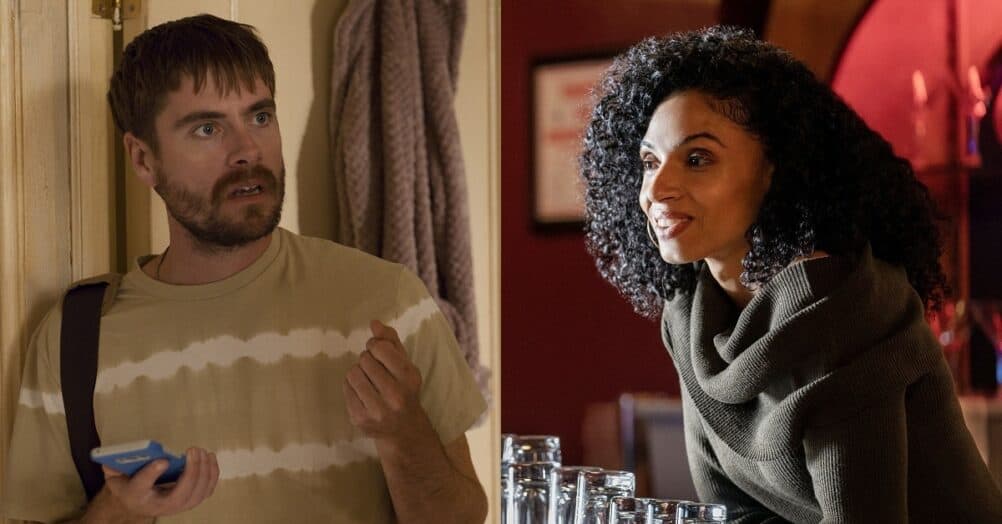
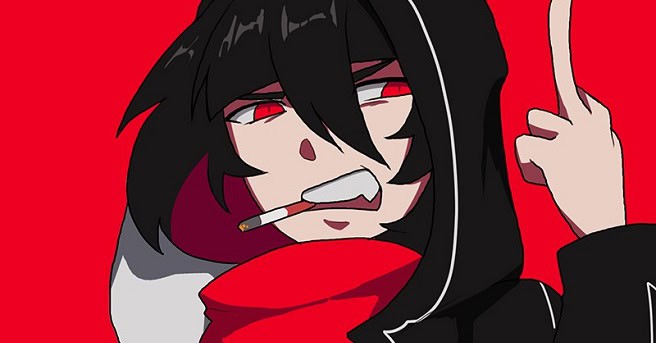
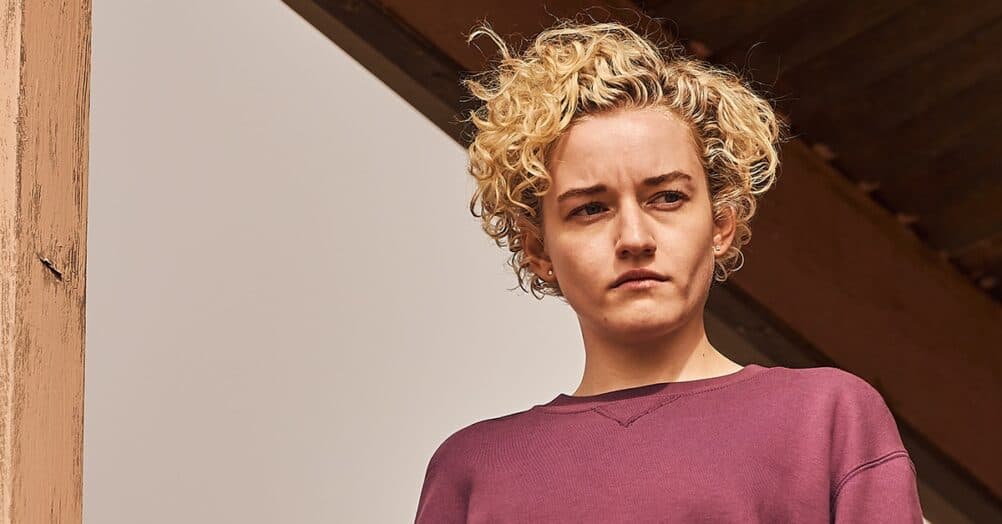
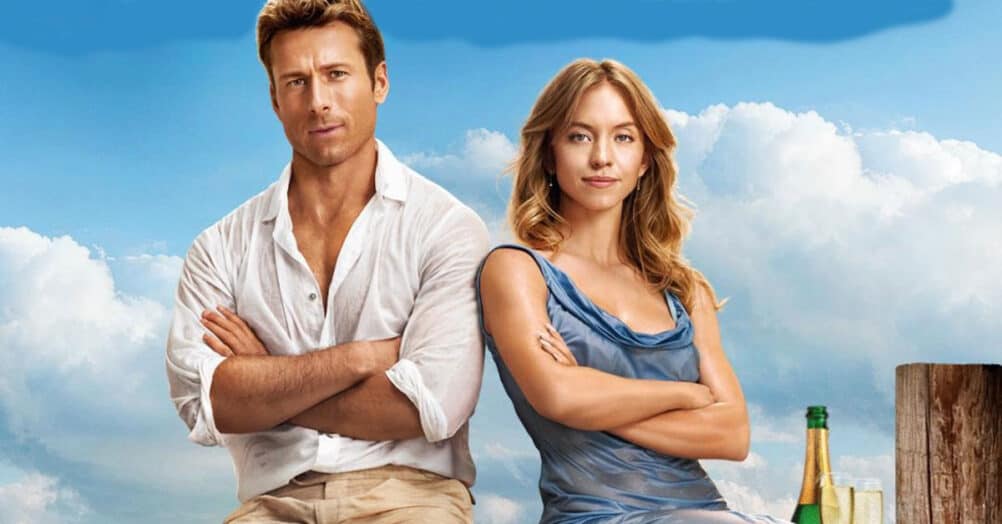
Follow the JOBLO MOVIE NETWORK
Follow us on YOUTUBE
Follow ARROW IN THE HEAD
Follow AITH on YOUTUBE